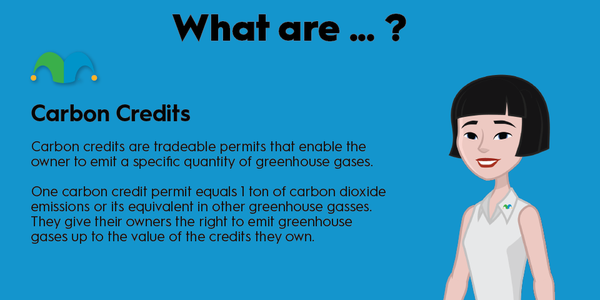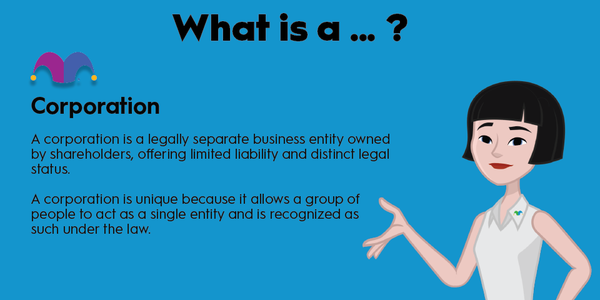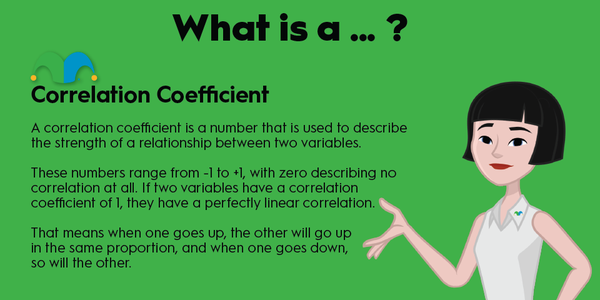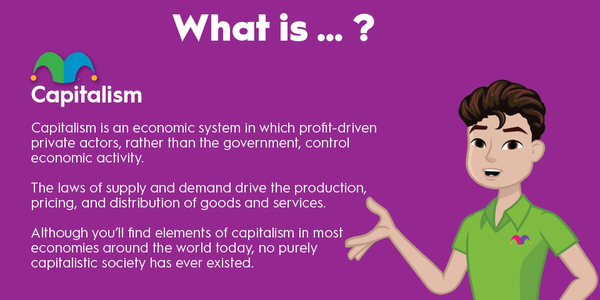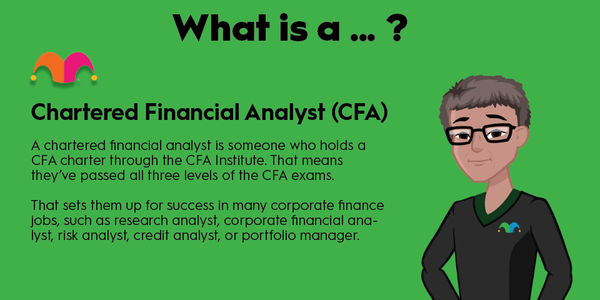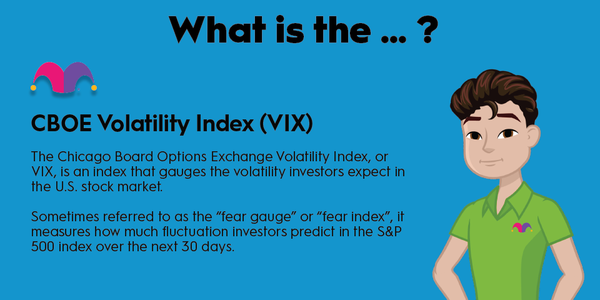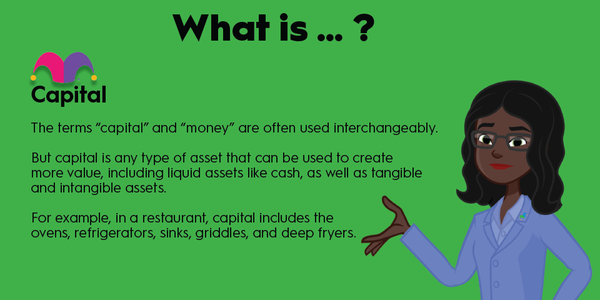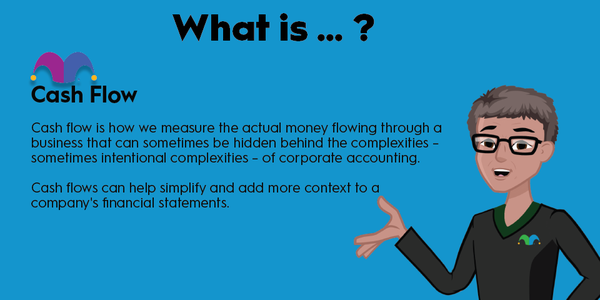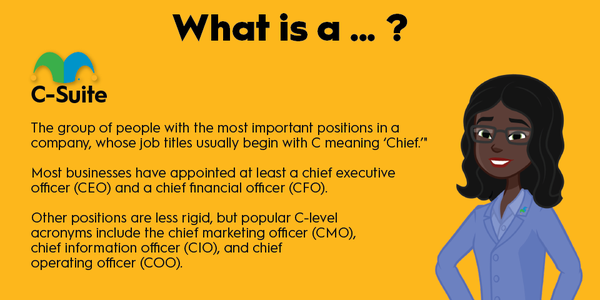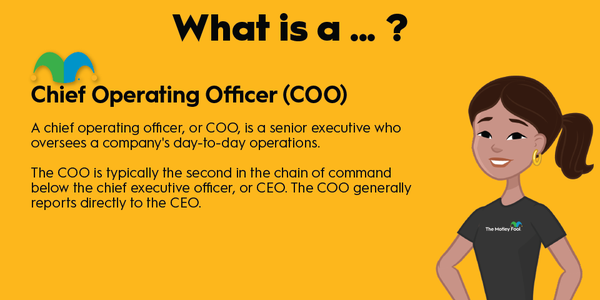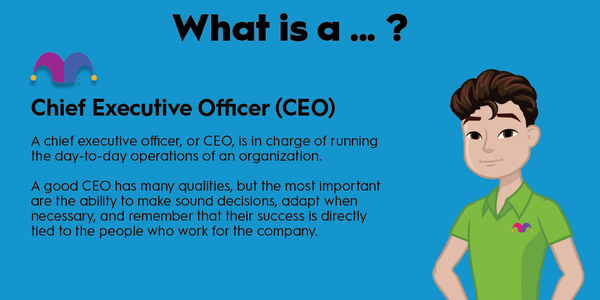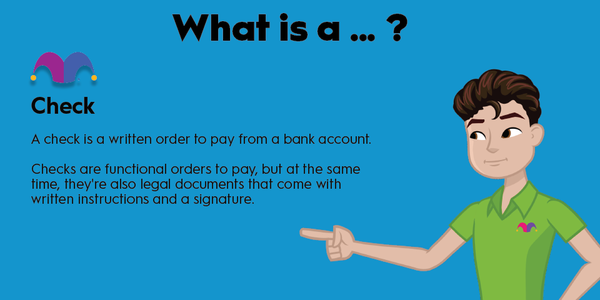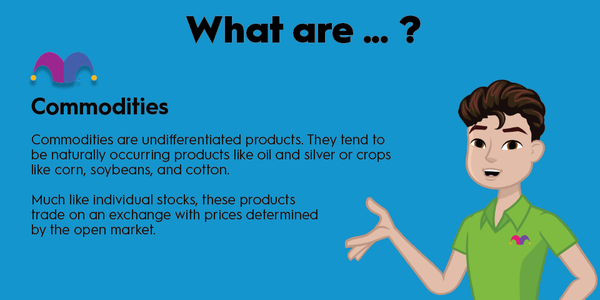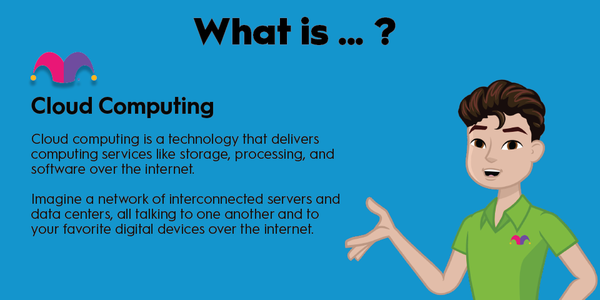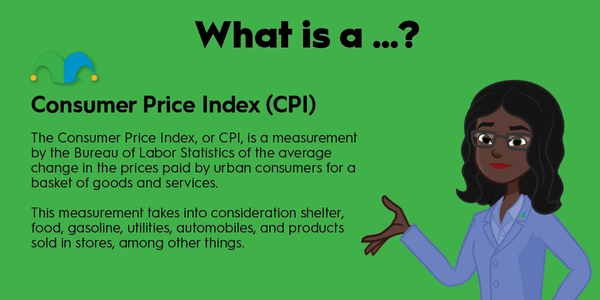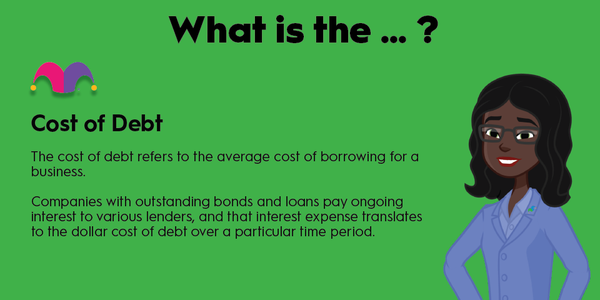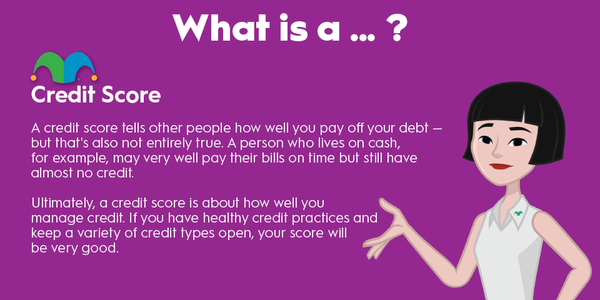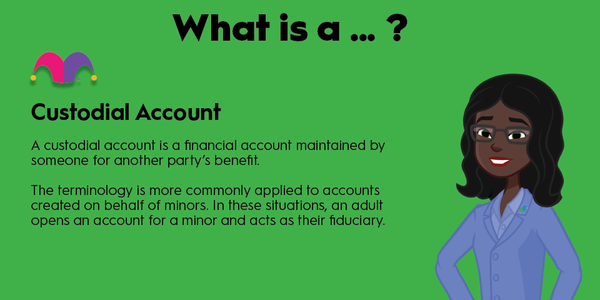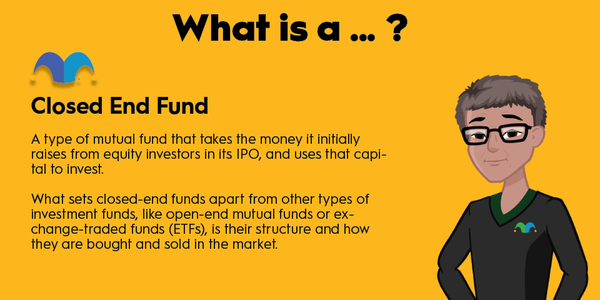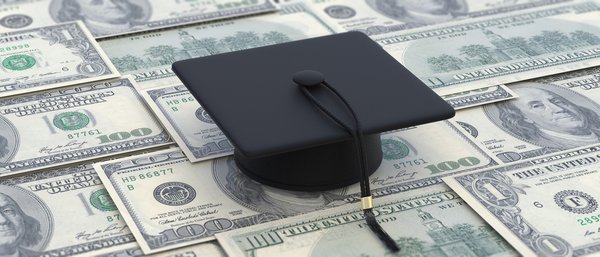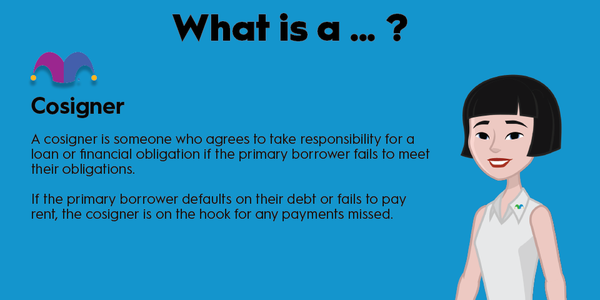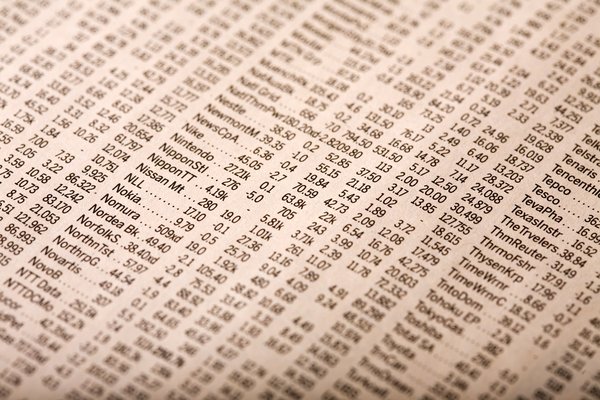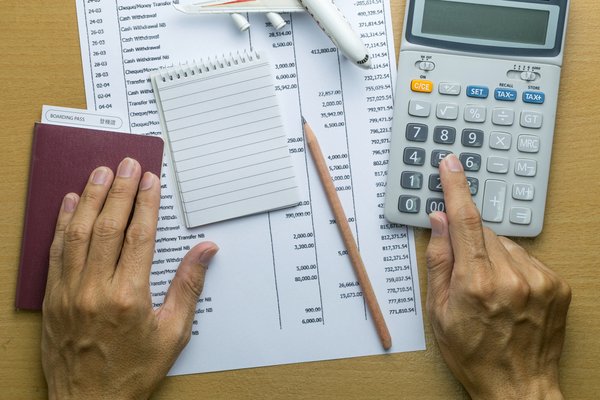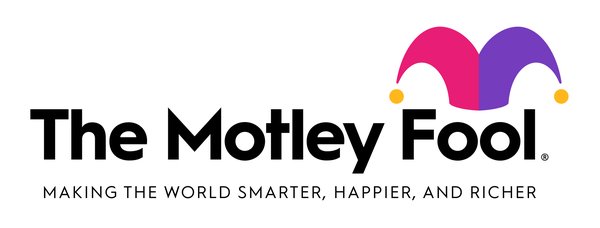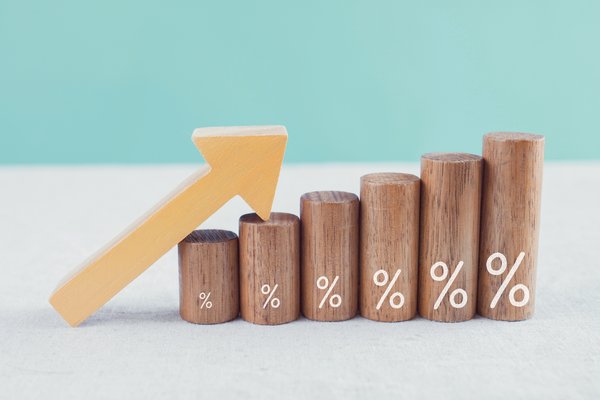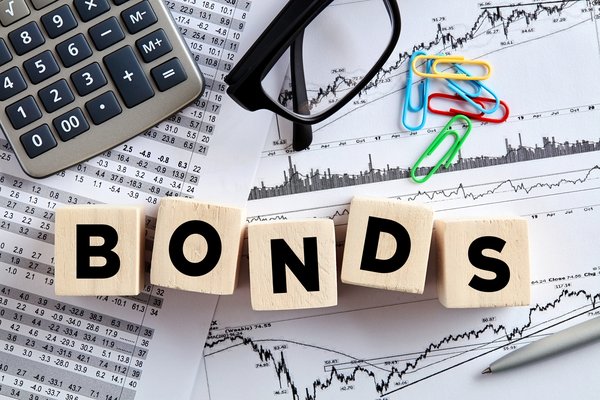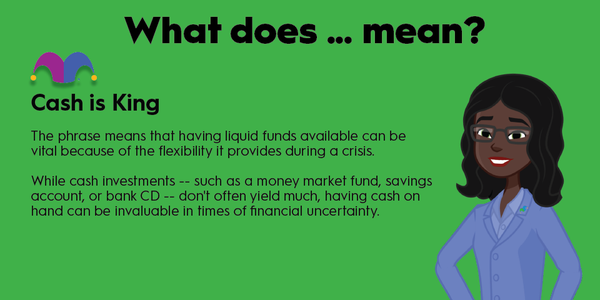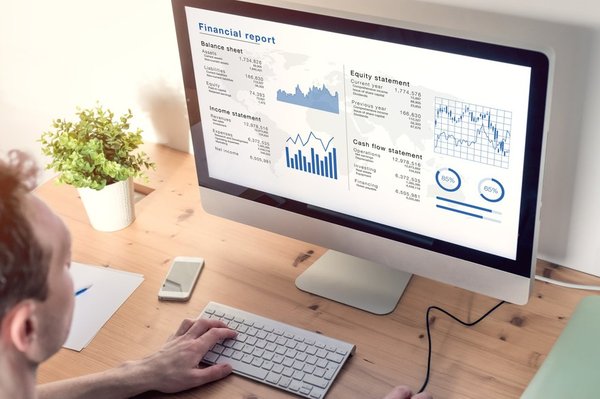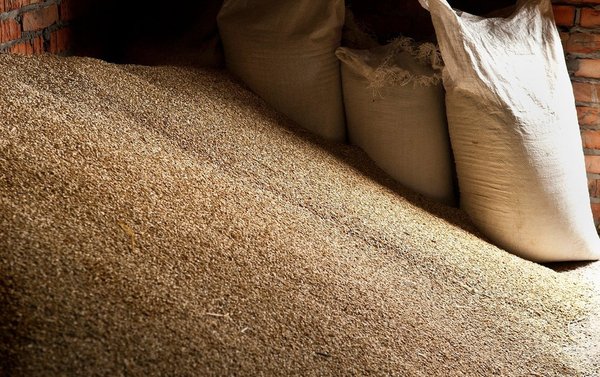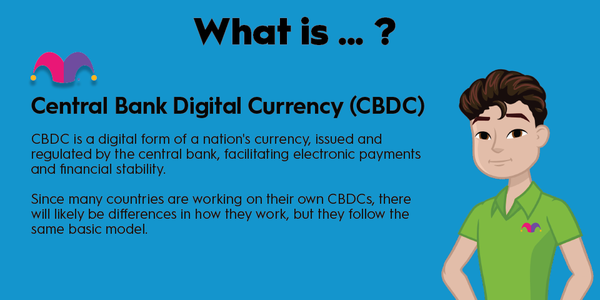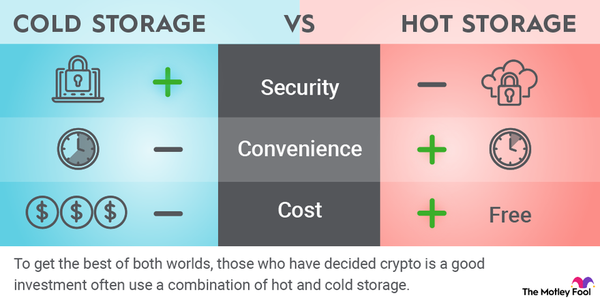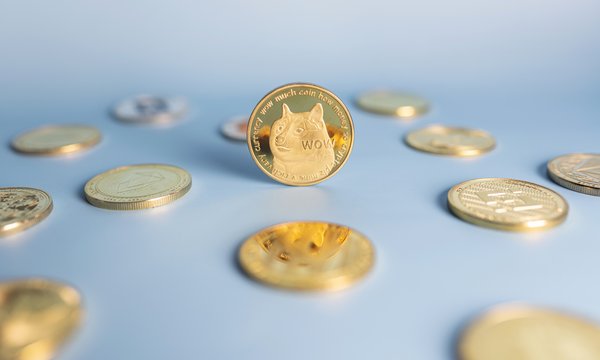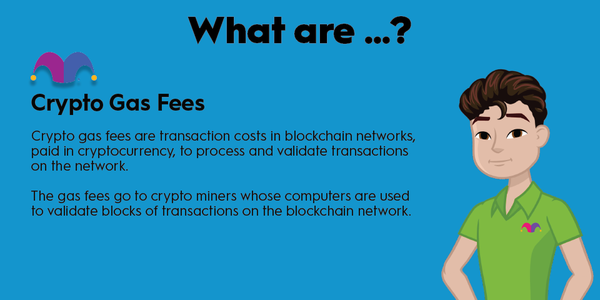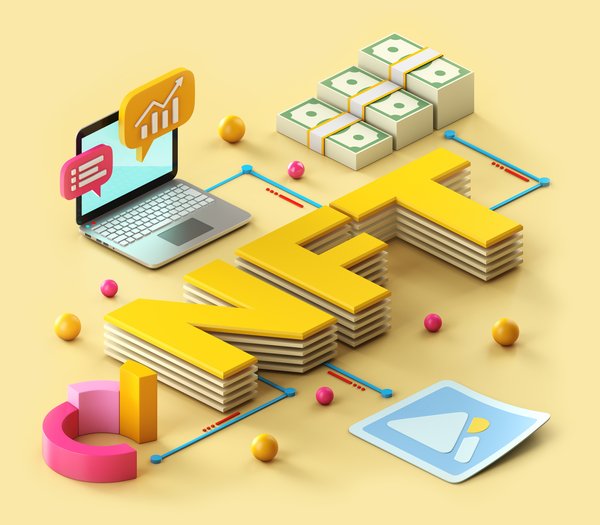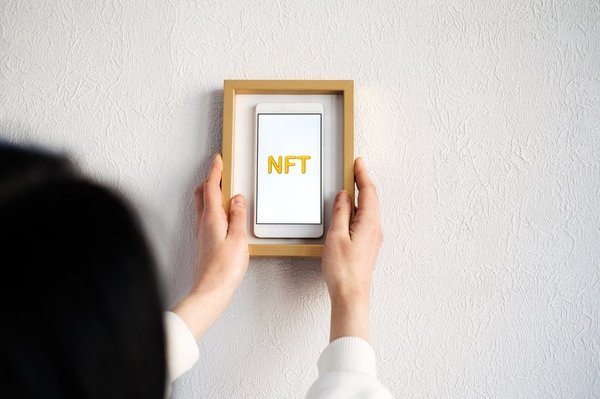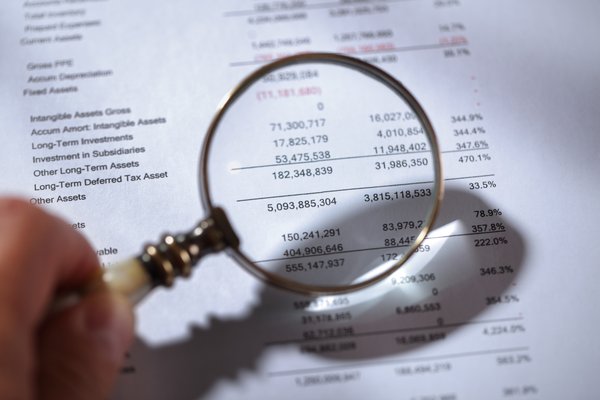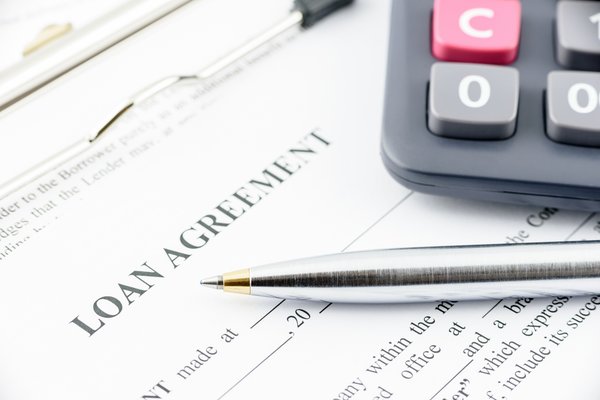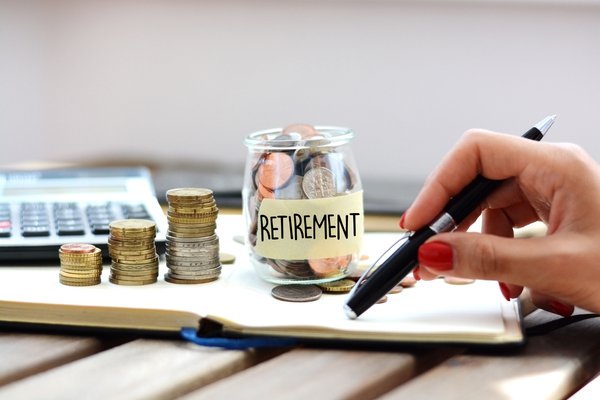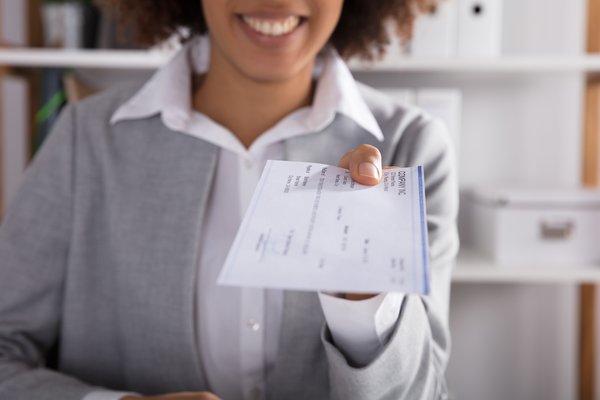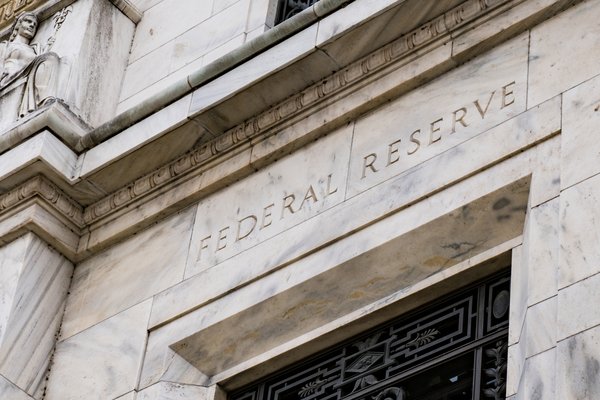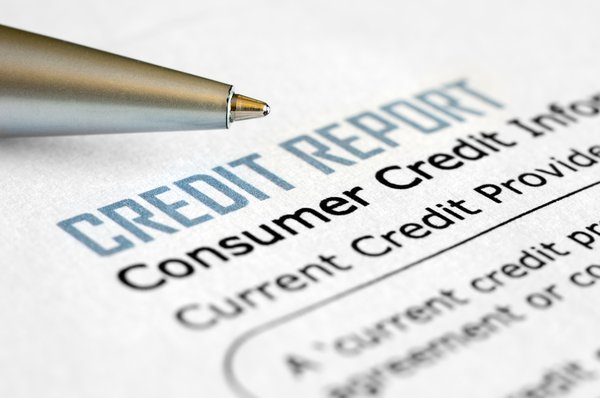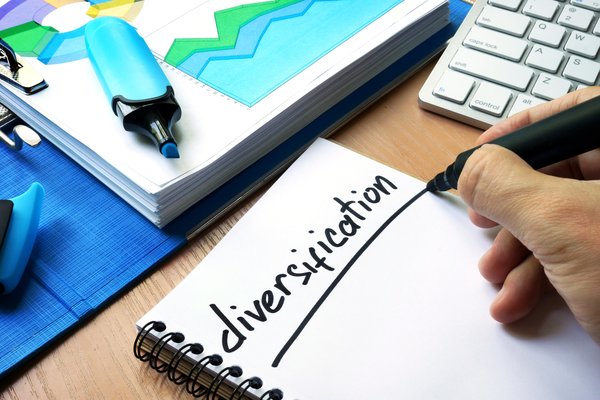Investing means looking at all kinds of different financial tools and assets, evaluating which ones make the most sense for your portfolio and best align with your goals, and then seeking them out. For many, the bond market holds a great deal of appeal, but getting into bonds also means learning some new terminology, like "coupon rate."
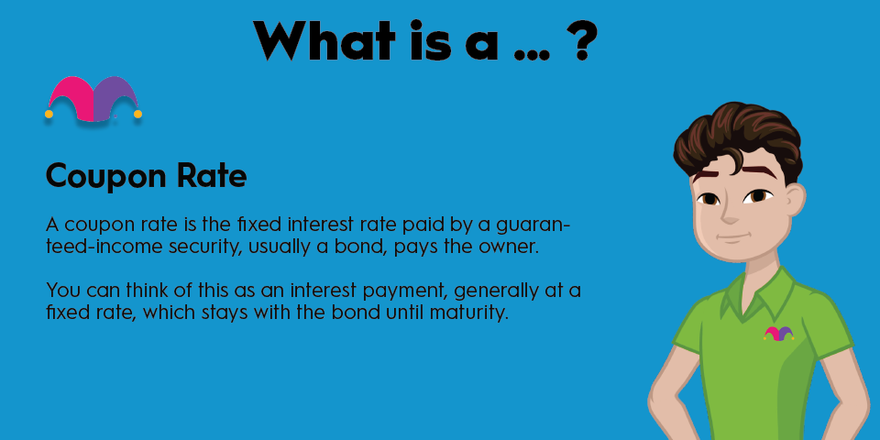
What is a coupon rate?
What is a coupon rate?
When a bond is issued, everything you need to know about it is determined. Unlike stocks, whose values are variable, bonds have a predetermined value at maturity, as well as a set annual payment that comes with the investment. You can think of this as an interest payment, generally at a fixed rate, which stays with the bond until maturity.
For example, if you buy a $1,000 bond that pays an annual coupon payment of $25, you know that for the entire time you own that bond, you'll always get $25 a year in income from simply holding that bond. The coupon rate will never change, even if you sell the bond to someone else. They may pay more or less than you did for the bond, but they will still get the same $25.
How to calculate a bond coupon rate
How to calculate a bond coupon rate
Because most coupon rates are fixed, rather than being pegged to an index like the London Inter-Bank Offered Rate (LIBOR), they're pretty easy to calculate. Using the $1,000 bond mentioned above, you can easily calculate the coupon rate of 2.5% by dividing the annual coupon payment by the face value of the bond; $25 divided by $1,000 is 2.5%.
Sometimes, you have bonds that pay more frequently than annually, which can be a little confusing at first. Let's say that the same bond pays quarterly rather than annually. So instead of getting $25 once a year, you get $25 four times a year. Simply multiply $25 by 4, which gives you $100 in annual payments for your $1,000 bond. Dividing $100 by $1,000 gives you a 10% coupon rate (which, frankly, would be remarkable).
Coupon rate versus yield rate
Coupon rate versus yield rate
There's another important figure that some bond traders consider: the yield rate, also known as "current yield." Unlike coupon rates, which are fixed relative to the face value of the bond, the yield rate is relative to the amount that an investor paid for the bond. Normally, only bond traders who buy on the secondary bond market are concerned about this figure because primary bond purchasers will see that their coupon rate and yield rate are always the same since they paid the face value for the bond.
However, if you buy on the secondary market, you might pay more or less than the face value, depending on other economic factors and the demand for the bonds. So let's say you got a deal and picked up the original above-mentioned $1,000 bond for $900 on the secondary market when its owner decided they needed to sell before maturity. While your coupon rate is still 2.5%, you bought it at a discount, so your yield rate is 2.78% since the coupon payment is now larger when compared to the cost of the bond; $25 divided by $900 is roughly 2.78%.
Related investing topics
Do all bonds pay coupon rates?
Do all bonds pay coupon rates?
Not all bonds pay coupon rates, so it's very important to take note of this when considering bond investing. Some bonds instead are offered to buyers at below-face-value prices, with no coupon rate attached. These bonds are called "zero coupon bonds" and can also be very appealing if the discount makes up for the lack of coupon payments over the life of the bond.
In a zero coupon bond, you might be able to buy a $1,000 bond for $900 at issuance rather than waiting for a discount on the secondary market, but you will not see any return until the bond has reached maturity. At that time, you can redeem it for $1,000, earning an extra $100 over the life of the bond. For many investors, the best case with these bonds involves deep initial discounts and short maturity periods, but they can also help investors defer gains to help better plan their income and tax payments in the future.

